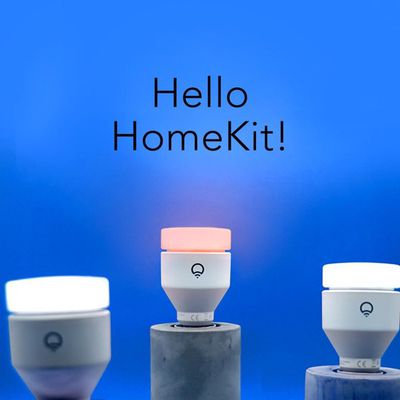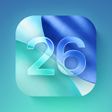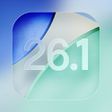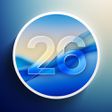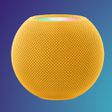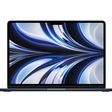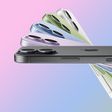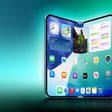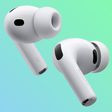With the iPhone 8 now available for purchase in many places around the world, it's popping up in a whole range of videos on YouTube that are looking at everything from speed to durability.
YouTuber JerryRigEverything aimed to test Apple's claim that the iPhone 8 is using the most durable glass ever included in a smartphone.
He did Mohs test to determine hardness, finding that it scratched at a level 6 out of 10, much like the iPhone 7. For comparison's sake, sapphire, the material used for the Apple Watch display in Stainless Steel and Edition models, is about a 9. The screen resisted scratches from coins, keys, and a razor blade.
In a bend test, the iPhone 8 held up well, faring better than the iPhone 7 last year. There was no separation between the body and the glass and no real distortion to the frame of the device.
YouTuber MadMatt did a speed test comparison between the iPhone 8 Plus and the iPhone 7 Plus, displaying apps launching side by side along with a Geekbench benchmark. While apps launched at about the same rate on both devices, the iPhone 8 did much better on the Geekbench test, as we saw last week in leaked A11 scores.
Earlier today, popular YouTuber Marques Brownlee did an iPhone 8 unboxing video, which is worth watching if you'd like to see the new iPhone 8 and 8 Plus pulled right out of the box.
The iPhone 8 and iPhone 8 Plus are already in the hands of many customers around the world. Deliveries will start in the United States in the morning, with customers on the east coast set to receive the first iPhone 8, iPhone 8 Plus, Apple Watch Series 3, and Apple TV 4K models at around 8:00 a.m. local time.


 Netflix today updated its iOS app to add support for iOS 11 and Dolby Vision high dynamic range (HDR) video on compatible devices.
Netflix today updated its iOS app to add support for iOS 11 and Dolby Vision high dynamic range (HDR) video on compatible devices.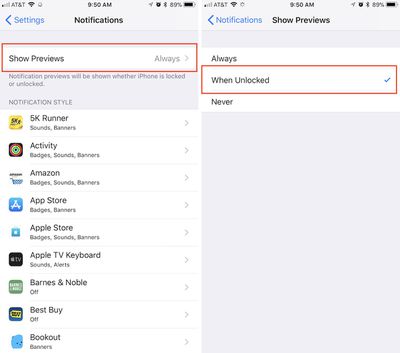
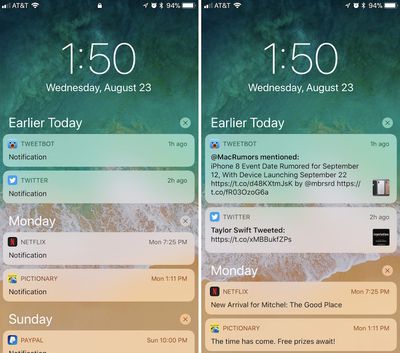

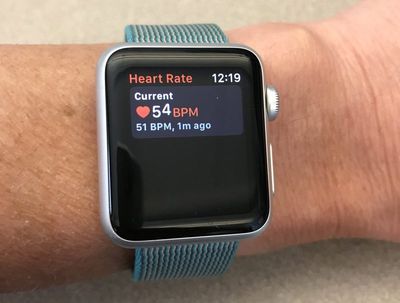
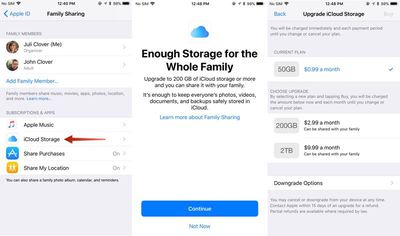
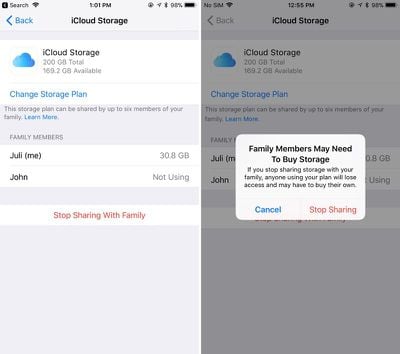

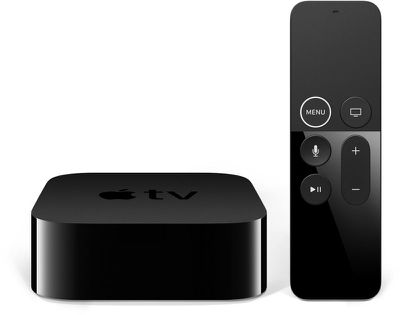

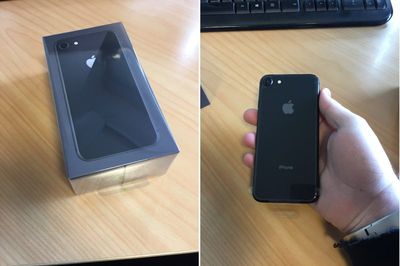

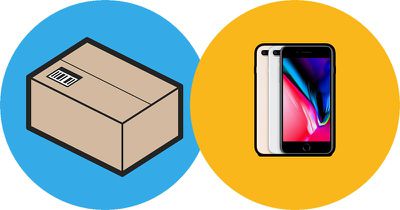
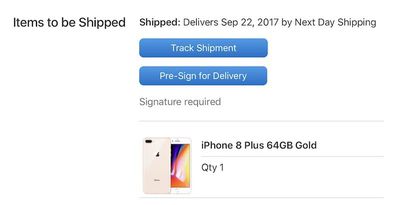

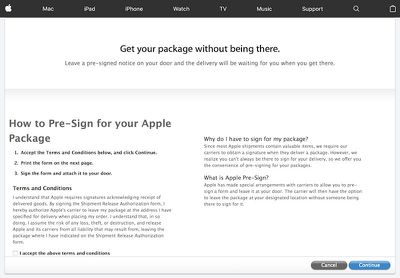
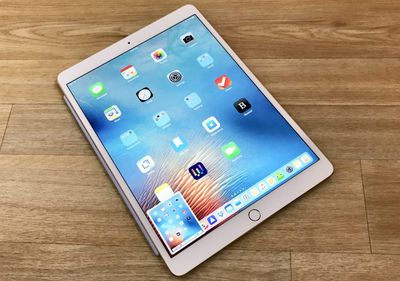
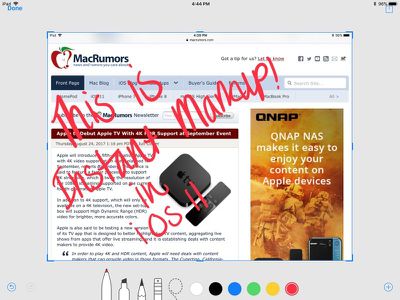
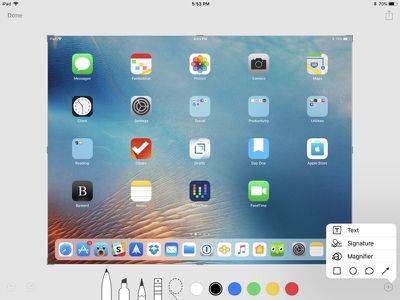
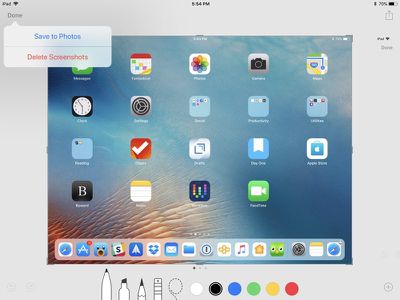
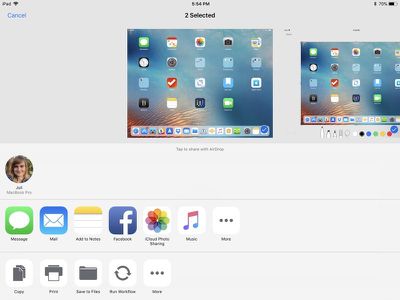
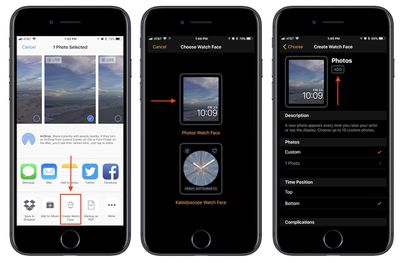
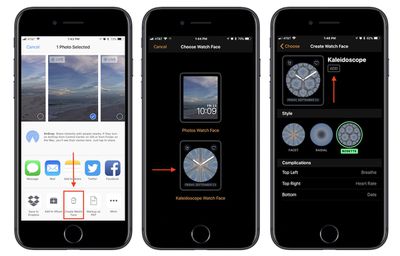
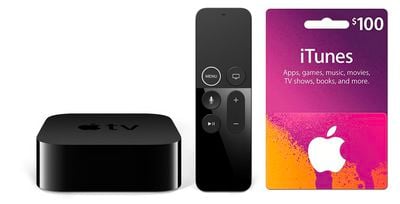
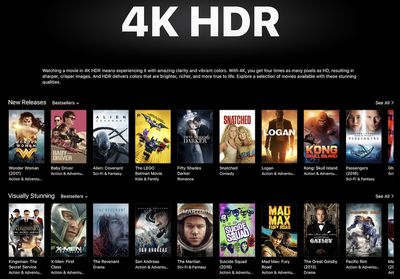
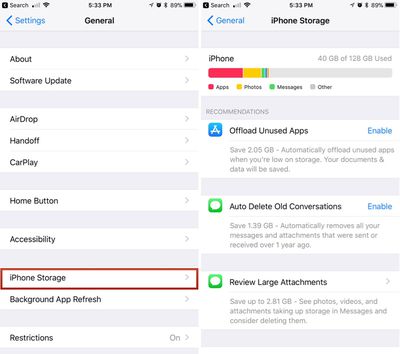
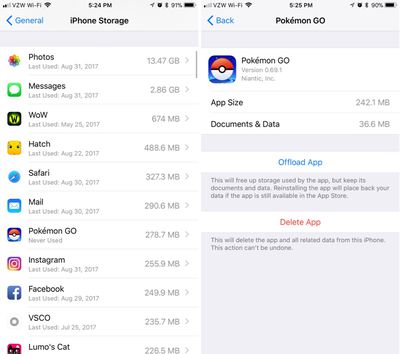

 Apple software engineering chief Craig Federighi has revealed that a popular 3D Touch gesture for accessing the App Switcher will apparently return in a future update to iOS 11.
Apple software engineering chief Craig Federighi has revealed that a popular 3D Touch gesture for accessing the App Switcher will apparently return in a future update to iOS 11.